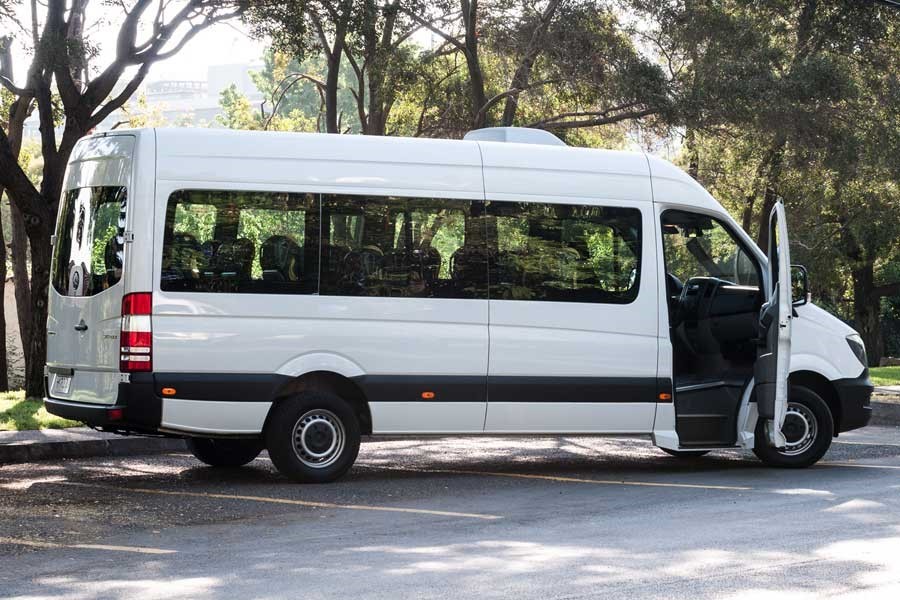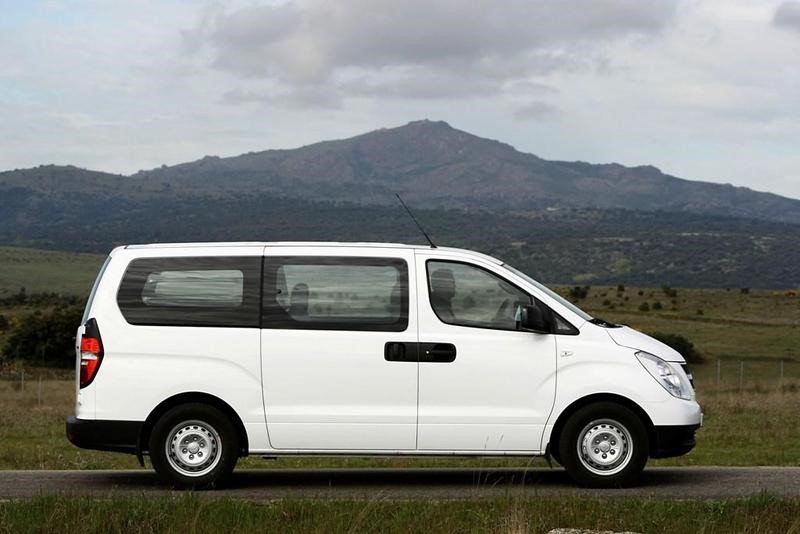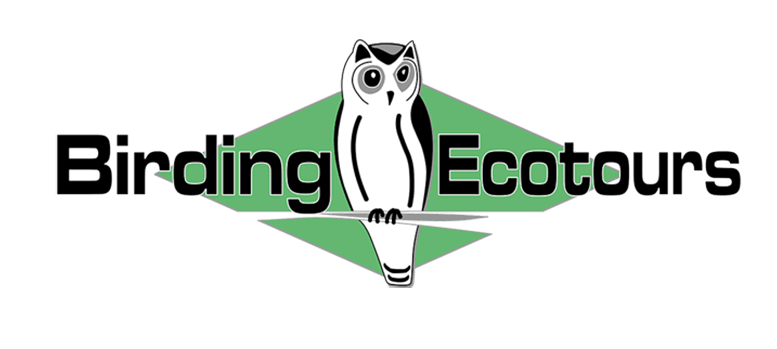Ecuador: General Information
PLEASE SEE TOUR PAGES FOR SPECIFIC INFORMATION ABOUT INDIVIDUAL ECUADOR TOURS
Ecuador possesses an incredible biodiversity with 15 % of the world´s bird species found here, even though the country only comprises a tiny portion (0.05 %) of the planet’s land surface area. For such a small country (Ecuador is about the size of the US state of New Mexico), its bird list of 1,706 species is simply astounding. With four iconic birding routes, the Galápagos Islands, the Amazon Rainforest, the Pacific tropical lowlands and the Andes Mountains, Ecuador represents a mandatory Neotropical birding destination. Our northern Ecuador tour stands as our best-recommended and easiest tour of the country while our southern Ecuador tour can be considered a more adventurous affair, as we go in search of range-restricted species and near-endemics — only accessible in this part of the world.
MEDICAL AND TRIP CANCELLATION INSURANCE
Please ensure that you have proper medical and trip cancellation insurance as per our standard terms and conditions. Trip cancellation insurance needs to cover your 25 % tour deposit and (within two months of the tour start date) your 75 % balance payments to Birding Ecotours, as unfortunately these are non-refundable.
MEALS
We normally have early morning breakfasts at the lodges (when an early breakfast is available). On some tours, such as our southern Ecuador tour, we will get several packed breakfasts, to ensure we are in the field at first light, when bird activity is at its highest. Depending on the schedule for the day, we normally have a small lunch pack when traveling or in the field, otherwise a hot meal in lodges or restaurants. We always have hot meals in the evening, either in lodges or in hotel restaurants. In restaurants, we normally have at least two menu options, of which one is a vegetarian meal. When dining at lodges, we normally have a fixed menu. Please let us know in advance of any dietary restrictions or preferences that you may have.
On our last day in Ecuador, we often have the chance to choose a la carte dishes, while we will do our best to provide you with diverse meal choices throughout the trip. Meal options vary depending on which Ecuador tour you sign up for.
Bottled water is included during the trip, however additional drinks, including soft drinks, fruit juices, and alcoholic beverages, are not included in the tour price.
ACCOMMODATION
We always try to include the best accommodations available on our tours, to provide our clients with an enjoyable and memorable holiday. We use accommodations we consider comfortable however not luxurious. In some remote areas, it is however necessary to stay in more basic lodges to ensure we have the best chance at finding our key target species. If the birding sites are not too far from cities, we often rather stay in the more superior city accommodation.
Note on bedrooms: The price of our tour is per person sharing a twin bedroom. Most of our clients, even some couples, prefer to rather have their own bed to ensure a better sleep after long days out birding. The standard matrimonial or double bed in South America is the normal double bed size, which might be too small for some people. Bedrooms with queen/king-size beds are normally more expensive, and we do not include those rooms in the tour price, also because they are usually in very limited supply. If you rather want to upgrade your rooms, the hotel will charge the difference directly to you (if there is availability). This surcharge is not included in the tour price.
For all our Ecuador tours, we use Hotel San Jose de Puembo in Quito, located only 15 minutes from the airport.
MONEY
Your holiday includes practically all ground costs, so you might only need money to cover personal expenses such as drinks, laundry service, phone calls from hotels, bar expenses, souvenirs and gifts you want to take home, or any non-mandatory gratuities you would like to give to any person who you think has provided exceptional service.
ATM machines are available at Quito airport where you can draw cash (US dollar is the official currency of Ecuador); we will pass through large cities and towns where ATMs are available however we cannot schedule time for exchanging money as this will eat into our birding time.
If you will be bringing US dollars into the country, we advise that you do not bring $100 notes that are damaged in any way (broken tips and edges, ink marks, pieces of tape, etc.), as most institutions and people do not accept notes that show this kind of damage. Travelers checks/cheques are not possible to change during our trip. In case you bring cash in a different currency, we suggest exchanging to US dollars on arrival at the airport, although it may be easier to arrange US dollars before your visit. Please note that bureau de change/exchange houses at the airport may be closed, depending on your arrival time.
HEALTH
Please refer to the Center for Disease Control for health guidance (e.g., malaria and vaccination advice). Please also consult with your physician or your local travel clinic for recommendations.
While not a requirement for entry into Ecuador, unless you are arriving from an infected area in another country, a yellow fever vaccination is a good idea for most people traveling to third world or tropical countries, and the vaccination is effective for ten years. People with compromised immune systems should consult with their personal physician before getting any vaccinations.
Protection against Hepatitis A, B, and C, as well as polio, tetanus, and typhoid are all recommended. Dengue fever is very infrequent and is transmitted by day-flying Aedes mosquitoes infected with the dengue virus, but there is no prophylaxis against dengue fever. Proper clothing and use of insect repellent, especially in lowland areas, is the best protection. However, Dengue is uncommon in most areas to be visited on our tours.
Diarrhoea is always a tricky hazard while traveling in South America. Even though many travelers escape untouched, we ask you to consult your doctor and bring medicine to help treat diarrhoea, such as Imodium or Ciprofloxacin (500 mg). We recommend drinking only bottled water and to avoid eating from street shops where you are suspicious of the hygiene. As always, please follow your tour leader’s advice here.
We take care of the places where we go for meals as well as any meals we take out into the field. We ask you to clean your hands using hand sanitizer before enjoying your meal. Please note that sometimes the dramatic change from your normal diet might result in some mild stomach or digestive abnormalities that may disappear in a short time. Only when this problem is followed by nausea and/or even fever, there may be a real diarrhoea problem. Again, please ask your doctor what they recommend is best for you.
Please let us know of any medical conditions you may have, such as diabetes, asthma, allergies, heart conditions, or knee problems, also including any phobias or anything else you think we should know about. This knowledge will help ensure we can care for you and also make suggestions as to what you may or may not enjoy while on tour with us.
INSECTS & OTHER PESTS
Insects will be present on all our Ecuador tours, and will vary in numbers depending on the region we visit. We recommend that you wear loose-fitting long pants and long-sleeved shirts and keep insect repellent handy. Spraying your feet, socks, shoes, and the lower portion of your pants with insect repellent will help reduce chigger bites. Chiggers are burrowing mites that are widespread throughout the tropical regions of the Americas. They do not spread any kind of disease, although their bites produce long-term itching as an allergic reaction. Mosquitoes, sandflies, blackflies, sweat bees, wasps, ants and horse flies are not uncommon in the tropical lowlands. Please follow your tour leader’s advice to avoid insect bites.
WHAT TO BRING
Please kindly refer to our general list of what to bring on a birding tour, here.
The tour leader will usually have a spotting scope for general use of all tour participants. However, we ask you to initially only have brief views of the birds to allow everybody to have sufficient views, especially of elusive species. If you like to enjoy prolonged scope views, you might consider bringing your own scope.
Please avoid wearing nylon or plastic jackets and/or rainwear of similar materials. Noisy clothing is annoying to others and may frighten birds, especially while out owling.
SECURITY
The Ecuadorian countryside, in all areas that we visit, is now considered safe, and you will find that Ecuadorians everywhere are friendly and helpful. Big cities, however, suffer the same problems as large cities worldwide, and you should take precautions to safeguard personal belongings such as money, passports, and optical equipment. We recommend using money belts or security pouches, worn inside your clothing. We strongly suggest you avoid walking at night in large cities without informing your tour leader, and do not display binoculars and big cameras. Certain areas of Quito, and other large cities, are considered relatively unsafe and should be avoided. Please follow your leader’s advice and do not display cameras or binoculars when visiting downtown Quito, Guayaquil or Cuenca.
ELECTRICITY
Electrical plug-in sockets in Ecuador are usually the two flat-pin type (ITA Type A and B, the same as used in the United States), and the current is usually 220 volts. A surge protector is strongly recommended. We also recommend bringing a universal adaptor to fit your electric devices into all kinds of sockets.
PASSPORT AND VISA
A passport valid for at least six months beyond your planned departure from Ecuador is required. We recommend ensuring you have a few blank pages as sometimes you may require a full page for the stamp in your passport. It is a good idea to bring a few Xerox copies/photocopies of your passport as well as the details of your consular representation in Ecuador.
Please do check with the Ecuadorian consulate in your country about visa requirements to enter Ecuador.
PHOTOGRAPHY
Please follow your tour leader’s advice about the use of a flash when photographing bird species. Some reserves have forbidden the use of flash photography and ignoring this could result in the immediate termination of our visit to the reserve.
Even though photography is welcome on all of our birding tours, these tours are focused on birdwatching so we ask you to photograph without jeopardizing other participants’ enjoyment of the tour, and without impacting our travel schedule. We invite you to read our Expectations and rules for group tours, in particular Point 6, which pertains to photography on our group tours.
SMOKING ETIQUETTE
We ask, if you smoke, to please move away from the group and to always be considerate to tour participants and other guests. It is forbidden to smoke in the van, during meals, during checklist sessions and while birding at feeder stations or on trails. Financial penalties for smoking in hotel rooms will be covered by the participant.
TOUR VEHICLES & SEAT ROTATION
For all our Ecuador tours, we mostly use vans (Mercedes Sprinters) for groups of 4-8 people. For smaller groups (up to three people) we often use smaller vans like the Hyundai H-1 (please see below).
At Birding Ecotours, we employ a seat rotation policy on all our small-group set departure tours. This will ensure everybody has equal opportunities throughout the tour. Unfortunately motion sickness will not excuse you from our seat rotation policy and thus if you are prone to motion sickness you should ensure you bring the relevant medication. We also require that you are fit and flexible enough to manoeuvre yourself to the back of the vehicle. Tour participants should also be mindful of what extra equipment they bring into the general seating area of the vehicle (rather than the luggage section) and should ensure they do not clog up general thoroughfare or extra seats with camera equipment, tripods, etc. from a comfort and health and safety point of view.

Mercedes Sprinter van, which we use on our Ecuador tours (4-8 people).

Hyundai H1 van, which we use on our Ecuador tours (1-3 people).
